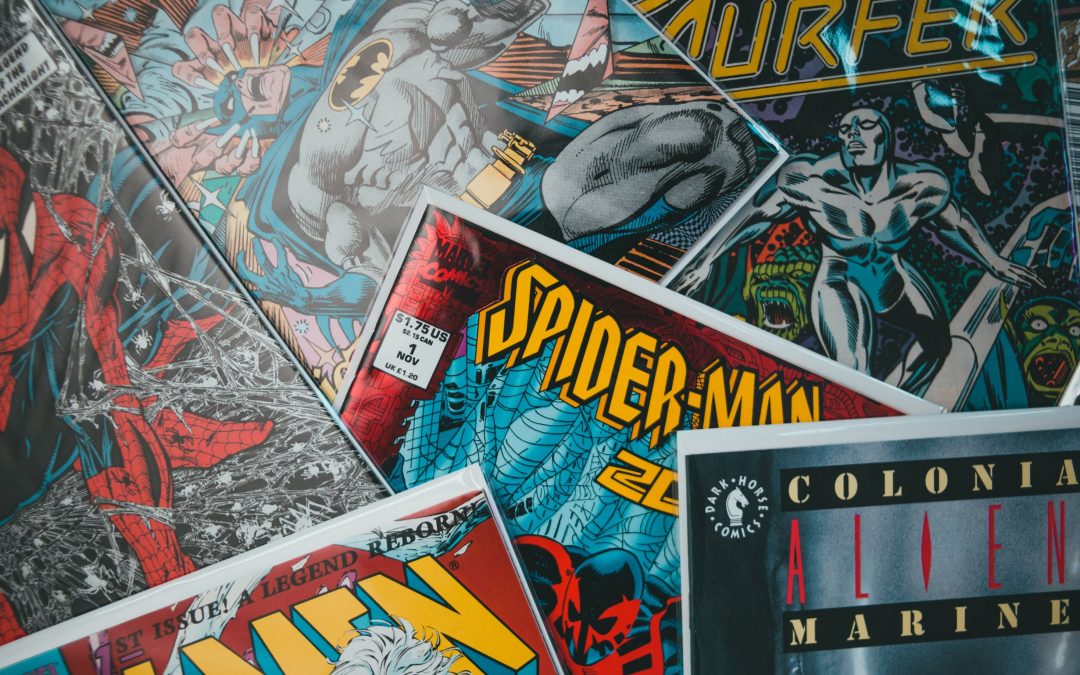
Let Them Read Comics
Have you ever wondered what it is about comics that seem to attract our kids like candy? Or why so many parents dislike them? I’m happy to offer my own thoughts on the issue. (And when I say comics, that includes comic books, graphic novels, comic strip collections, etc.)
Why Children Love Comics
They are fun to read! Our kids always seek them out at the library, then argue over who gets to read which one first. They even try to sneak them away from each other! While that can get annoying, I remind myself that they are fighting over reading material. And that I will allow.
- Compared to other lengthier books, comics tend to be fast-paced. Because there are pictures provided, the need for description decreases and the story can take off.
- Comics are more engaging to read. Children today are used to seeing multiple digital screens at once. Comics capture their attention in a similar manner.
- The text in comics is reduced, so it takes readers less time to finish reading them. Sometimes, they can even be read in one sitting.
- The stories tend to be adventurous, heroic, entertaining, and amusing.
- Why Parents Should, Too
I believe some parents are of the mindset that comics do not qualify as literature. While I agree they lack some of the beautiful hallmarks of other genres, there is overwhelming evidence that reading comics is beneficial to our children. According to Christopher Murray, professor of Comics Studies, “To read a comic is to engage in an act of play and problem solving. The relationship between word and image, the sequence of panels on a page, and the non-linear nature of the reading experience all engage the reader in unique and challenging ways.” ¹
- Comics can improve comprehension through visualization and contextual clues. In other words, the artwork makes it much easier for youth to follow what is occurring in the story, especially with regards to the sequencing.
- The ease with which struggling readers can get through a comic builds their confidence and sense of success.
- Reading comics can increase our children’s vocabulary. Although you might find many, not every word in a comic book is an onomatopoeia.
- Comics stick to the essential story elements: plot and characters. This simplification ensures that reluctant readers don’t get lost in—or bored by—details. They typically stick with the stories to the end.
So let them read their comics! In fact, you have a fantastic opportunity to get your child a free comic book in just a couple of weeks. This year, Free Comic Book Day is Saturday, August 14th, at comic shops around the world. They are celebrating their 20th anniversary of providing free comic books to children. Click on the image to read more about this amazing event, find out which comic book titles will be available, and locate the nearest participating store. Lastly, be diligent in checking for appropriate content. Plenty of adults enjoy comics, too, for slightly different reasons.
¹ Murray, C. (2021, July 21). What comics can teach us about ourselves. The Conversation. https://theconversation.com/
Photo Credit: https://unsplash.com/photos/8SeJUmfahu0


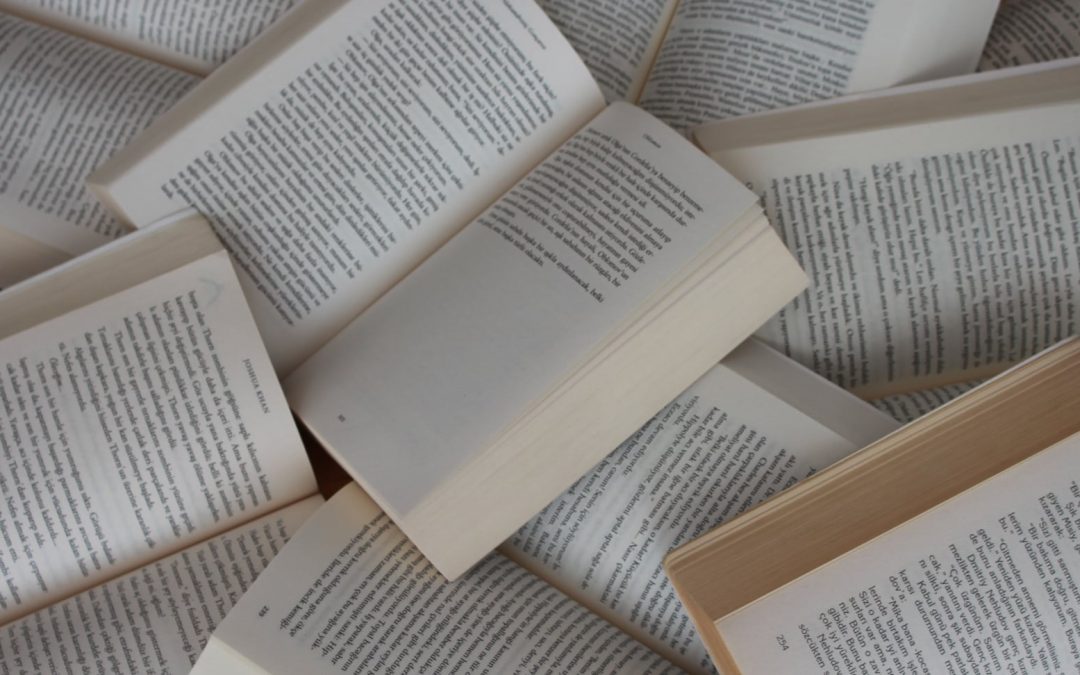
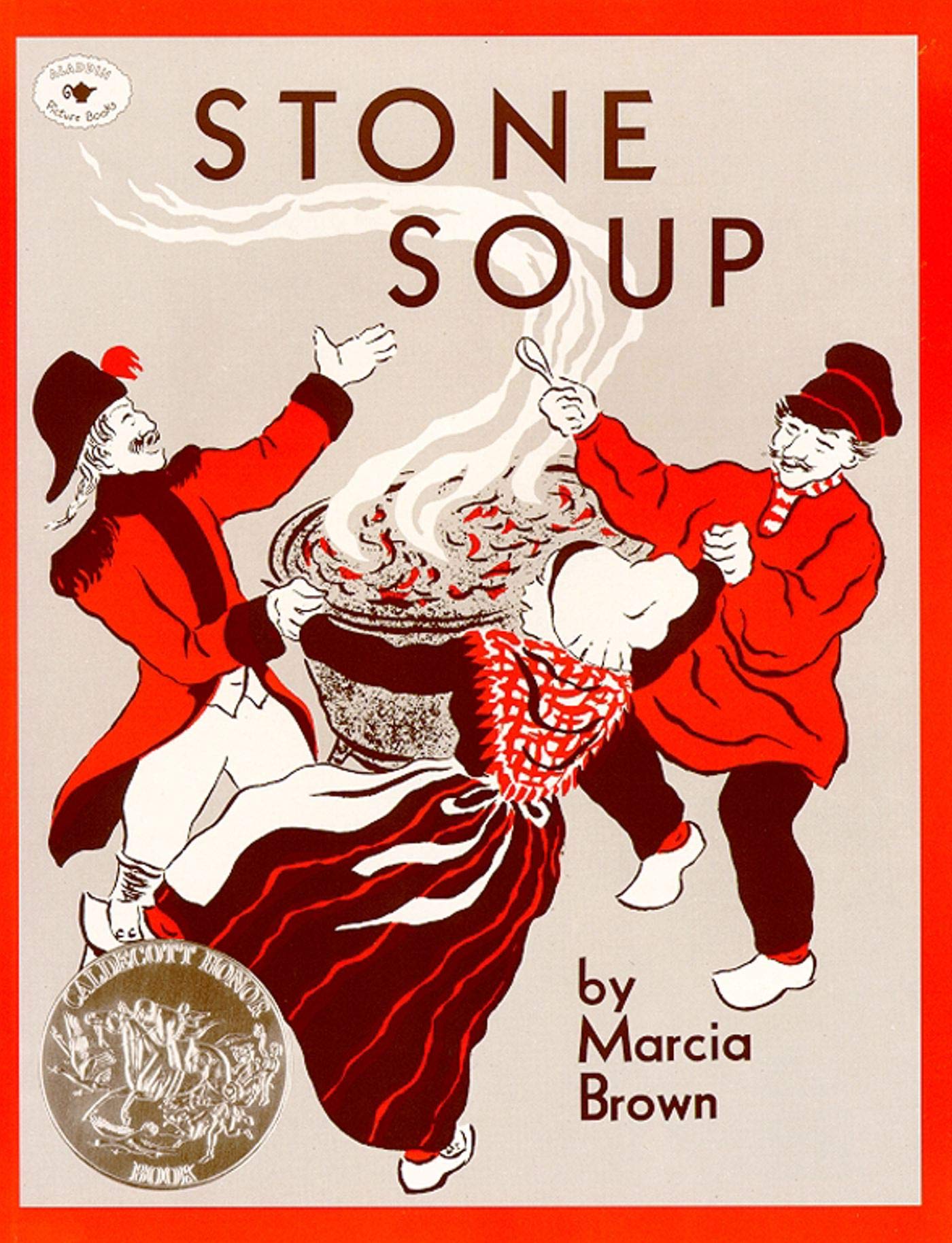

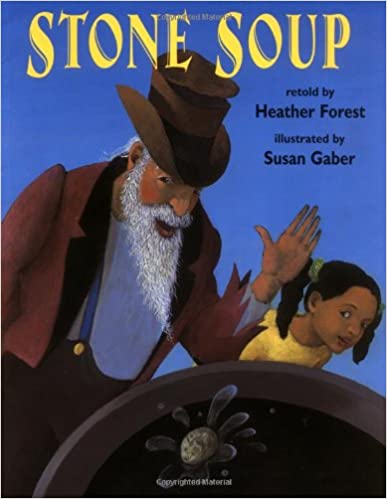

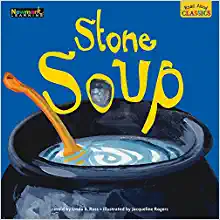






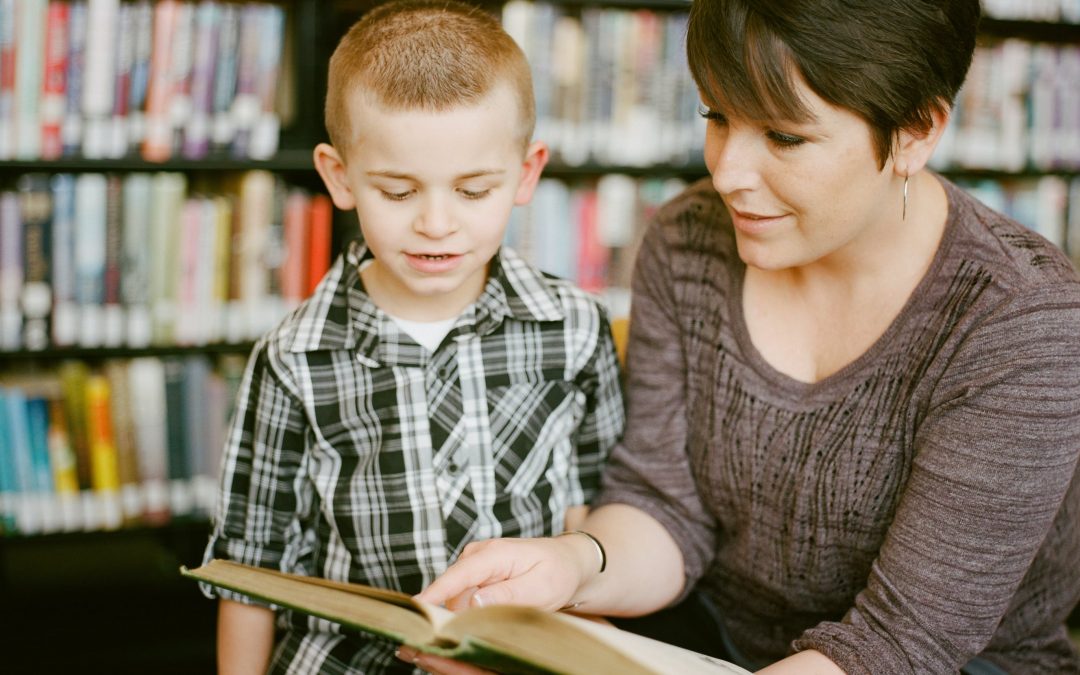

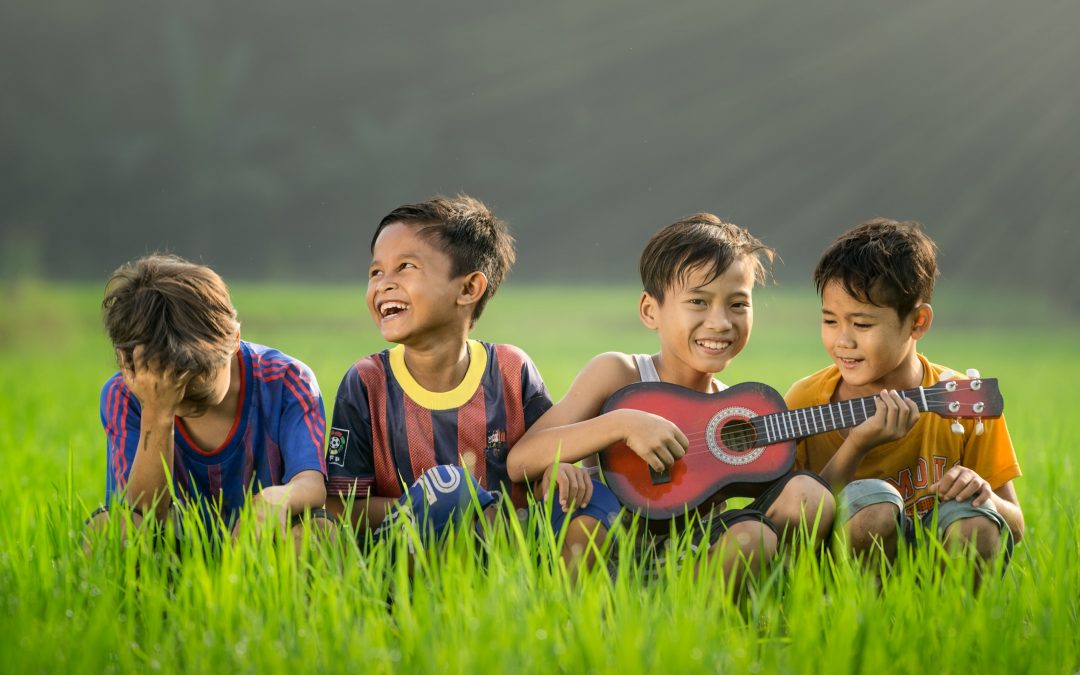
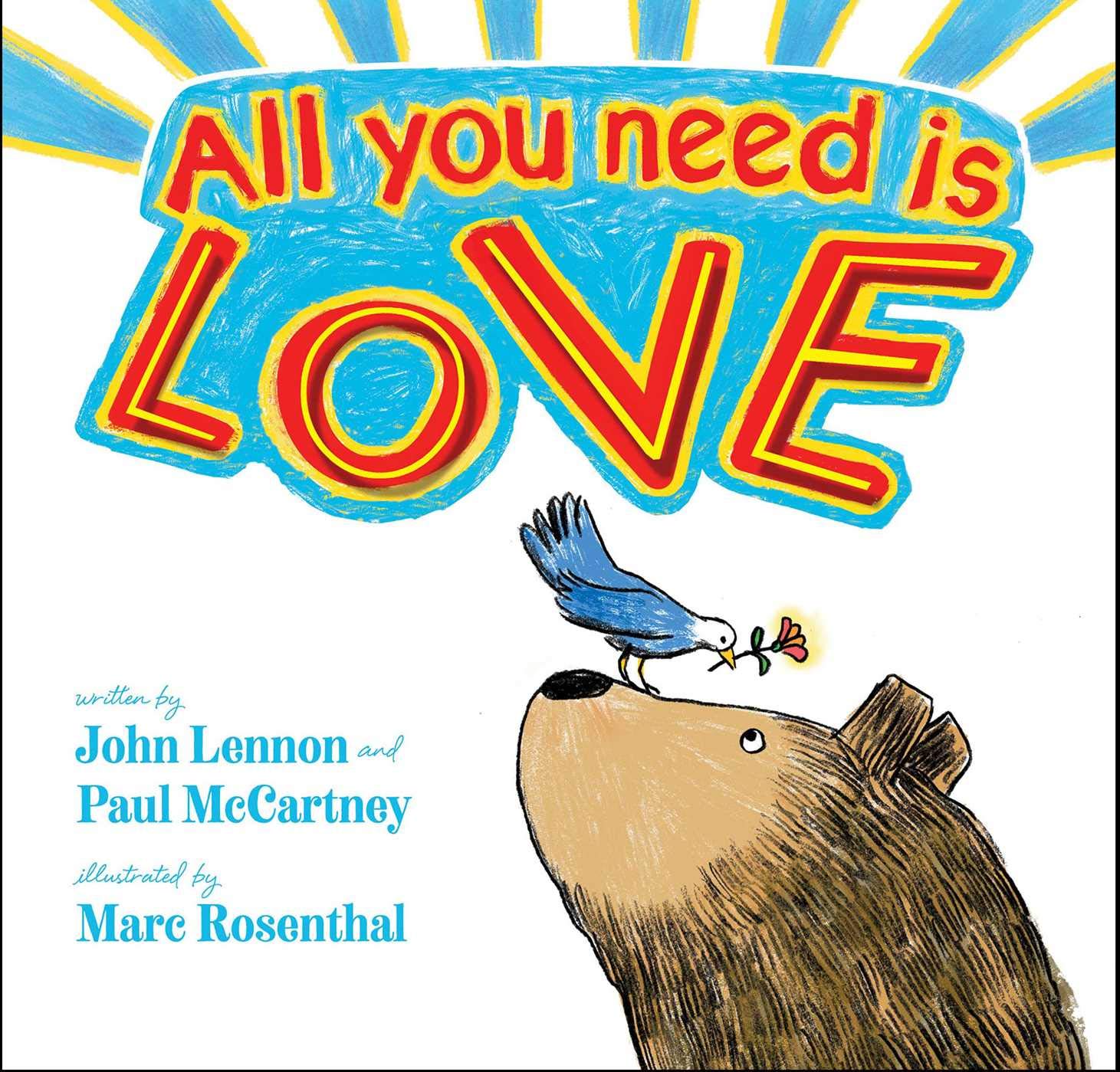




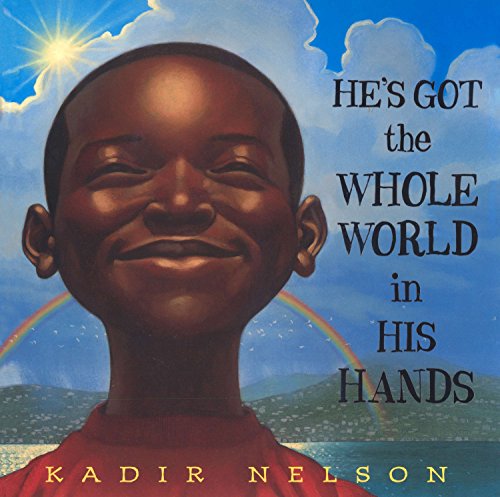

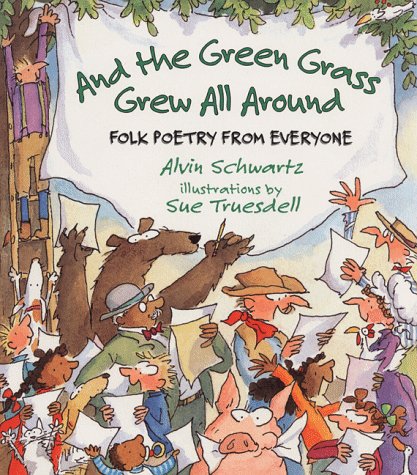


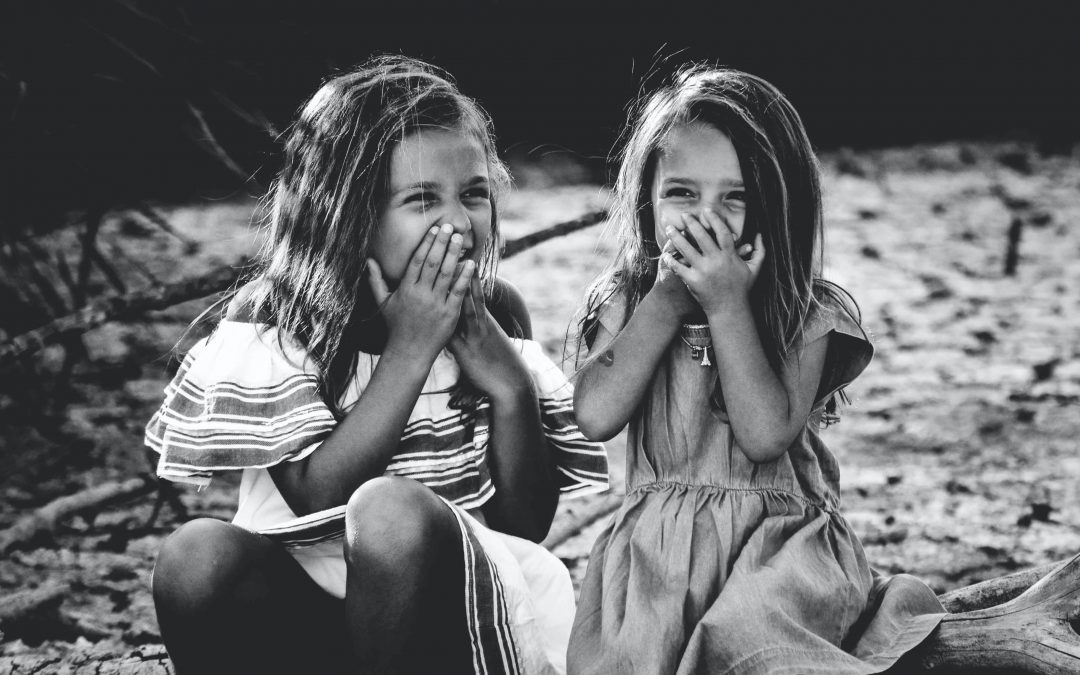





Recent Comments